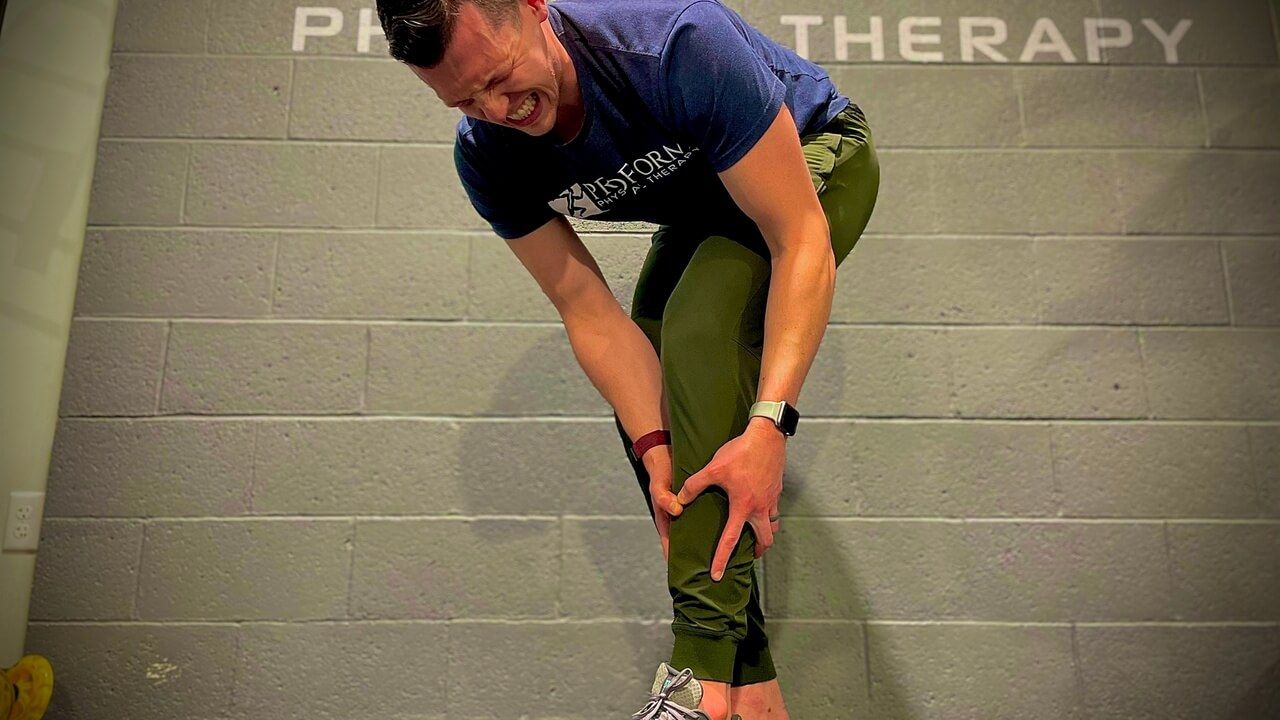Foot Tourniquets
Apr 02, 2021
By: Nick Sienkiewicz, DPT, CSCS
Your shoes could be dampening the blood flow to your feet!
There was a study carried out last year in 2020 that showed a 22.2% reduction in overall blood flow to the lateral plantar artery when passive hallux adduction was performed for one minute.
This means a researcher simply took the index finger of one hand and pushed each subject’s big toe toward the little toes, for a whopping 60 seconds.
The force of one finger over the course of 60 seconds was enough to impede blood flow to one of the major arteries of the foot by nearly 25%.
Now I know what you’re thinking. There’s other arteries that bring blood to the foot. The feet aren’t that important. Historical data shows humans have been making shoes for over 40,000 years so they have to be good for us. There were only 45 subjects in this study anyway. Who even cares? I get it! Explanations can always be made for the contrary.
Now, even though this was a small “preliminary” study, the results are substantial and undeniable! Yes, restricting blood flow for one minute will likely cause no harm, and could even be beneficial to an extent (think about the interventions of blood flow restriction aka BFR). However, if you consider the extent of time many individuals spend in shoes throughout a normal day, we can begin to see the actual harmful effects footwear can potentially have. Imagine cutting off a quarter of the blood flow to your arch for 8 consecutive hours. No wonder that plantar fascia is screaming by the time you get home from work!!!
The reason shoes can have this negative effect on blood flow is largely because the toe boxes on most modern shoes are too narrow. The human foot is naturally widest from the big toe to the little toe. But look down at your shoes right now. Chances are that the widest point is at the base of the toes, then progressively narrows toward the front tip of the shoe. This shape that is the current “standard” in our footwear industry puts your big toe in the exact position described in the study discussed at the beginning of this blog. Ipso facto, your narrow toed shoes are impeding the blood flow to your feet to some extent!
At the end of the day, the potential takeaways from this study are extremely feasible and affordable, so just because this would be considered lower-quality information by research standards doesn’t mean we should wait 17 years until more research comes out.
Let’s put the results into action right away. Look for shoes with a wider toe box. Please don’t be fooled by marketing ploys either. Sometimes, a shoe that is advertised as a wider width is just deeper to give you the sense that there is more room in the shoe (the sole is often the most expensive part to manufacture, so it’s a way to maximize profits; makes you wonder right?!). A truly wide toe box may appear to you like clown shoes at first. It’s okay! Your feet will thank you for it later! See our previous blog post, “Green Means Go,” for a few brand ideas.
Secondly, spending more time barefoot will help to get the blood flowing back to those thirsty tissues that have been starved of adequate oxygen and nutrients!
And if you’re an athlete or someone who spends “non-negotiable” time in narrow footwear, no need to fret! There’s always something you can be doing to supplement your foot health and time spent in restricting shoes. Check out the ProForm Instagram page (@proformptma) for some ideas on exercises!
Jacobs JL, et al. Passive hallux adduction decreases lateral plantar artery blood flow: a preliminary study of the potential influence of narrow toe box shoes. J Foot Ankle Res. 2019;12:50. https://doi.org/10.1186/s13047-019-0361-y
Stay Connected With News and Updates!
Join our mailing list to receive the latest news and updates from our team.
Don't worry, your information will not be shared.
We hate SPAM. We will never sell your information, for any reason.
